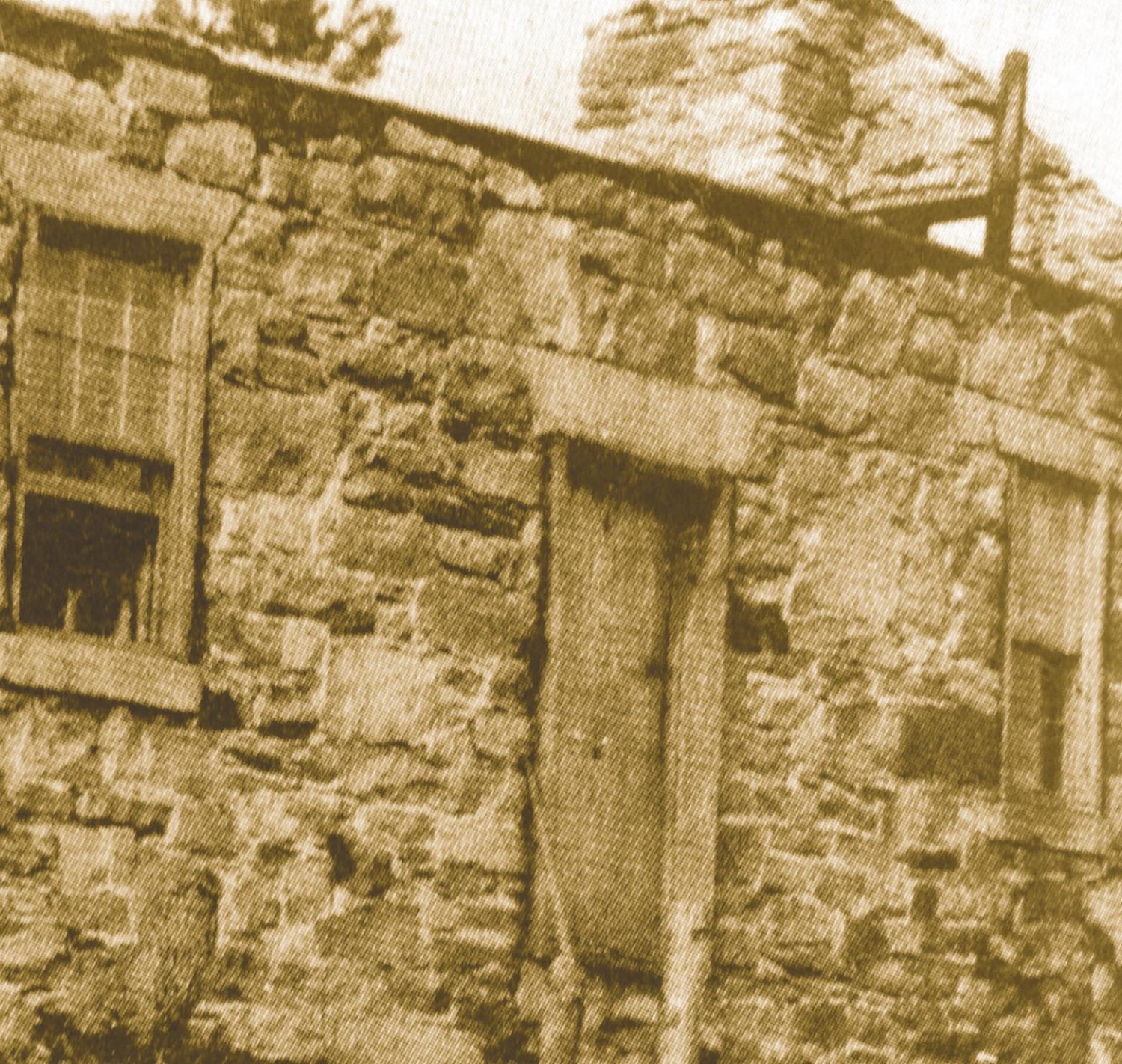Life under the lake
Imagine what it might be like if the dam had not been built
Is what’s on the bottom of Lake Murray life? Yes, it is. Besides the fish who swim there, water is itself life, according to the ancients who worshiped water, and Christianity’s living waters.
…
This item is available in full to subscribers.
Subscribe to continue reading. Already a subscriber? Sign in
Get 50% of all subscriptions for a limited time. Subscribe today.
Please log in to continueNeed an account?
|
Life under the lake
Imagine what it might be like if the dam had not been built
Is what’s on the bottom of Lake Murray life? Yes, it is. Besides the fish who swim there, water is itself life, according to the ancients who worshiped water, and Christianity’s living waters.
Divers in Lake Murray tell us what lies in this other world. In years past, lake waters were so murky the dark forms remained a mystery except for tales told by those who remembered what should be down there.
A local diving club that goes to the bottom of Lake Murray have brought reports and a few veiled images of the ruins of a stone trading post near Fort Fairchild at the Dreher Shoals dam.
Use your imagination (some call it your third eye) to envision what the rocky shoals would have looked like without a dam and people busily trading goods. This area was once the boundary between Indian Territory and European settlements. The boundary often changed with treaty negotiations.
Once settlement began in earnest, Saxe Gotha Township grew on the Saluda River whose Indian name meant “River of Corn.”
The late Coy Bayne, author of many Lake Murray stories, told about his great-grandmother visiting the local Indians.
Emily Lybrand told me when I was a child she once visited an Indian family near her home on Hollow Creek. The mother cooked turnip greens and corn dodgers (fried bread) for dinner and removed the dodgers with wooden forks. . . then licked the pot licker from the forks.
Coy wrote that Indian artifacts and cemeteries were found farther up river in the Cedar Grove and Hollow Creek communities.
My grandmother told me about this stone trading post and about Indian homes built of stone in nearby Indian settlements. This would have been in the early 1800s.
Other items that may interest you







Comments
No comments on this item Please log in to comment by clicking here